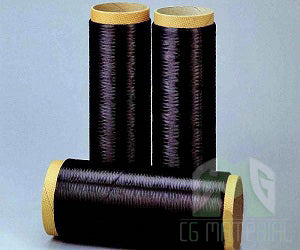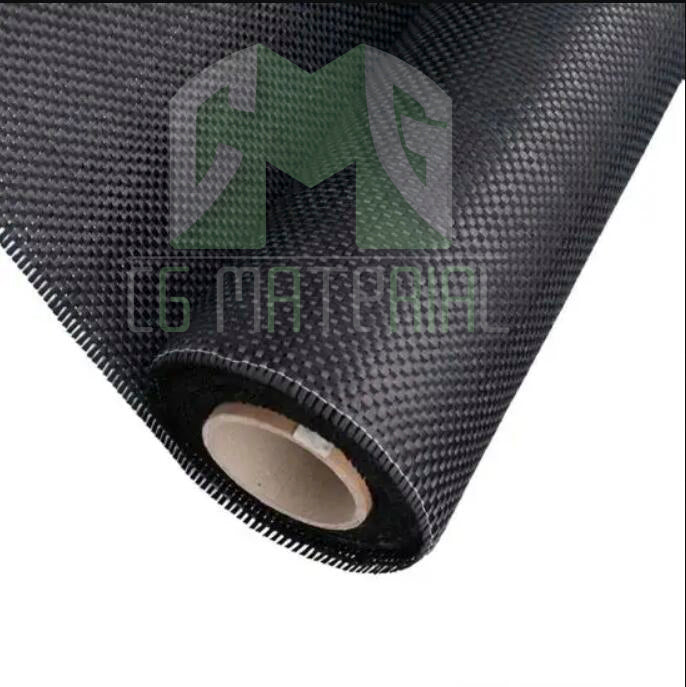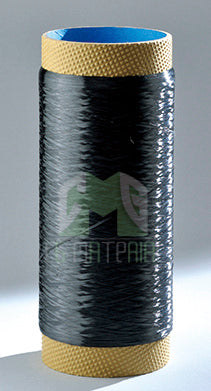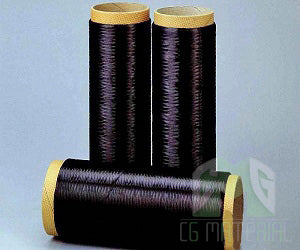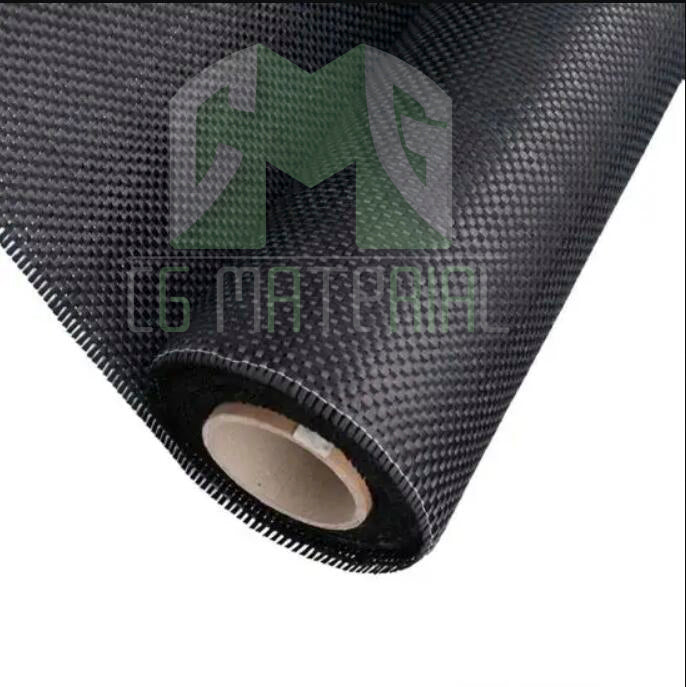CG MATERIAL
Continuous Silicon Carbide Fibers
Continuous Silicon Carbide Fibers
Continuous Silicon Carbide (SiC) fibers are high-strength ceramic fibers with exceptional mechanical, thermal, and chemical properties. These fibers are made by the chemical vapor deposition (CVD) process, where gaseous precursors are used to deposit SiC on a carbon fiber substrate.
Continuous SiC fibers have a unique combination of properties that make them ideal for use in a wide range of high-performance applications. They have excellent mechanical properties, including high strength, stiffness, and toughness, making them ideal for use in structural and reinforcing applications.
These fibers also have excellent thermal properties, including high thermal conductivity and low thermal expansion, making them suitable for use in high-temperature applications. They can withstand temperatures up to 2000°C, making them ideal for use in aerospace, automotive, and other high-temperature applications.
In addition, SiC fibers have excellent chemical resistance, making them ideal for use in harsh chemical environments. They are resistant to many acids, bases, and oxidizing agents, and can withstand exposure to corrosive gases and liquids.
Continuous SiC fibers are available in a range of diameters, from a few microns to several hundred microns, and can be woven or braided into fabrics or used as unidirectional tape. They can also be used in combination with other materials, such as polymers, metals, and ceramics, to create high-performance composites.
Overall, Continuous Silicon Carbide (SiC) fibers are a versatile and high-performance material with exceptional mechanical, thermal, and chemical properties. Their unique combination of properties makes them ideal for use in a wide range of applications, including aerospace, automotive, energy, and industrial applications.
Silicon Carbide Ceramics Properties
| Compound Formula | SiC |
| Molecular Weight | 40.1 |
| Appearance | Black |
| Melting Point | 2,730° C (4,946° F) (decomposes) |
| Density | 3.0 to 3.2 g/cm3 |
| Electrical Resistivity | 1 to 4 10x Ω-m |
| Poisson's Ratio | 0.15 to 0.21 |
| Specific Heat | 670 to 1180 J/kg-K |
Silicon Carbide Ceramics Specification
| CAS#: 409-21-2, Not Hazardous | |||
| Powder, F.W. 40.10, m.p. 2700 °C, Spec. Gravity 3.217 gm/cm3 | |||
| Item No. | Description | Purity | Lot Size |
| CB14-85 | Silicon Carbide Powder Particle Size:18, 30, 40 or 200 mesh |
> 85 % F.C. < 2.5%, Fe2O3 < 2%, Al2O3 < 1.2% |
Customize |
| CB14-90 | Silicon Carbide Powder Particle Size:18, 30, 40 or 200 mesh |
> 90 % F.C. < 1.5%, Fe2O3 < 1.2% |
Customize |
| CB14-98 | Silicon Carbide Powder Particle Size:18, 30, 40 or 200 mesh |
> 98 % F.C. < 0.6%, Fe2O3 < 0.7% |
Customize |
Silicon Carbide Ceramics Applications
Until the invention of boron carbide in 1929, silicon carbide was the hardest synthetic material known. It has a Mohs hardness rating of 9, approaching that of a diamond. In addition, SiC crystal has fracture characteristics that make them extremely useful in grinding wheels and in abrasive paper and cloth products.
Its high thermal conductivity, together with its high-temperature strength, low thermal expansion, and resistance to chemical reaction and thermal shock, makes silicon carbide valuable in the manufacture of high-temperature bricks and other refractories.
SiC ceramic is also classed as a semiconductor, having an electrical conductivity between that of metals and insulating materials. This property, in combination with its thermal properties, makes SiC a promising substitute for traditional semiconductors such as silicon in high-temperature applications.
Continuous Silicon Carbide Fibers Specifications
| Diameter | 11.8 μm |
| Density | 305 g/km |
| Tensile strength | 2.90 Gpa |
| Tensile strength of a beam | 2.70 Gpa |
| Tensile modulus | 270 Gpa |
| Fracture strain | 1.07 % |
| Oxygen content | 1.02 % |
Continuous Silicon Carbide Fibers Applications
Silicon carbide fibers are mainly used as high-temperature resistant materials and reinforcing materials such as heat-shielding materials, high-temperature resistant conveyor belts, and filter cloths that filter high-temperature gases or molten metals. When used as a reinforcing material, it is often used in combination with carbon fiber or glass fiber, mainly reinforced metals (such as aluminum) and ceramics, such as brake pads, engine blades, landing gearboxes and fuselage structural materials for jet aircraft.
Packaging
We handle our products with care to ensure they remain in their original condition during storage and transportation and to preserve their quality.
